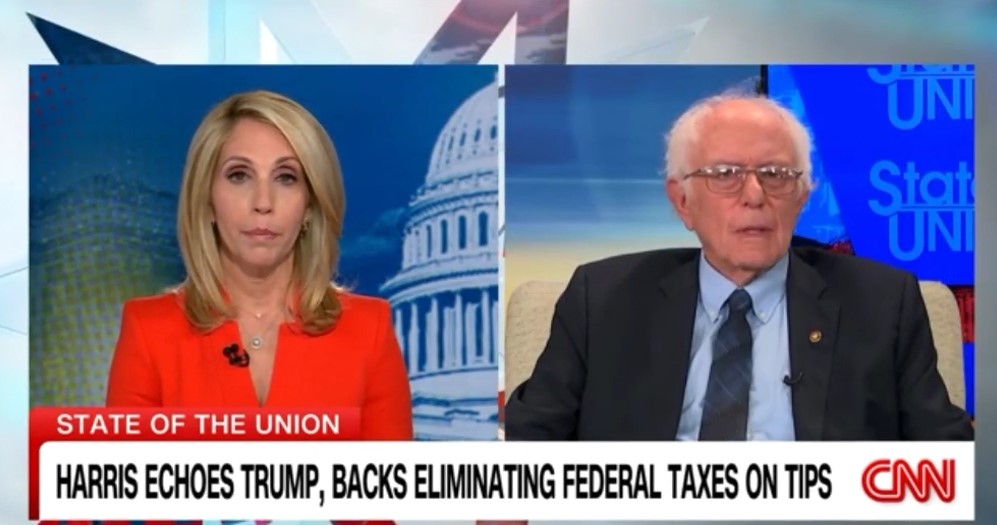One of the most common mistakes made during interviews is to bluff your way through a response to a question you were not expecting and really don’t know how to answer. Bluffing almost always makes you look bad and often leads to sound bites that obscures key messages.
You can avoid this pitfall by starting your response with something like, “I don’t know” or “I haven’t studied that.” But don’t stop there. Having acknowledged that you can’t answer a question, bridge to a key message that you want your audience to receive and understand.
In an interview with Dana Bash on CNN, Senator Bernie Sanders was asked whether eliminating income taxes on tips would ultimately reduce Social Security and Medicare benefits for workers who rely on tips. Some politicians and others would have tried to answer the question on the fly without having previously thought about it. As a result, the response might have turned into a mushy word salad that left the audience confused.
Instead, Sanders didn’t attempt to bluff. He briefly acknowledged the question by saying he hadn’t studied the issue and quickly bridged to a key message, as you will see in the clip below.
We take no position on the senator’s message. This is not about whether we or you should agree or disagree with Sanders.
But we give him props for admitting he hadn’t studied the issue, for not trying to bluff, and then delivering a message that was important to him.
So, don’t be afraid to tell an interviewer that you can’t answer a question. Just be sure to quickly bridge to a message that you want your audience to hear.

